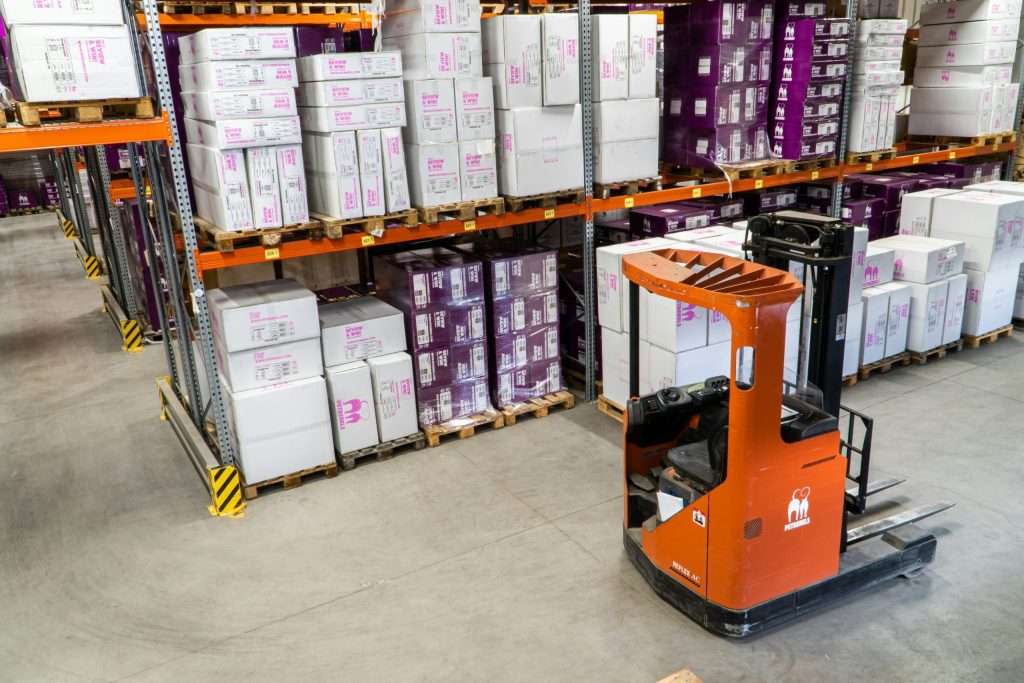As businesses grapple with the high costs of overstocking, AI hesitance continues to hinder the potential savings and efficiency gains in inventory management.
The High Stakes of Inventory Distortion
Inventory distortion, encompassing both overstocking and out-of-stocks, presents a significant financial challenge for businesses. In 2023, overstocking alone cost businesses a staggering $562 billion, while out-of-stocks are projected to cost an additional $1.2 trillion. This distortion not only affects the supply chain but also leads to missed sales opportunities, customer dissatisfaction, and unnecessary waste.
AI as a Solution Amid Economic Uncertainty
In the face of economic instability, the pressure to avoid overstocking is intense. Companies are maintaining safety stock at the expense of investing in areas like technology, which could address the root causes of inventory distortion. Artificial intelligence (AI) offers a solution through its ability to analyze vast datasets and real-time inputs, such as seasonality and market trends, to forecast demand more accurately. AI-driven inventory management enables just-in-time practices and dynamic replenishment strategies, providing supply chain teams with the tools to preempt disruptions and respond with agility.
Overcoming Implementation Challenges
Despite the promise of AI, its implementation is fraught with challenges. An SAP Insights survey revealed that 40% of global business leaders struggle with the necessary organizational and technological changes. For AI to deliver its intended value, it is crucial to integrate data professionals with commercial teams, involve end users in the development process, and align processes with desired outcomes. The success of AI integration depends on more than just the technology; it requires buy-in from team members and a seamless fit with existing business processes.
AI Adoption Rates and Attitudes in Supply Chain Sectors
AI adoption rates in supply chain-related sectors lag behind the global average, with only 53% of retail and 41% of logistics leaders reporting AI usage. Furthermore, a follow-up survey showed that only 28% of retail and 18% of logistics workers believe AI could improve their job satisfaction, indicating a prevalent skepticism about the technology. This skepticism is higher in these sectors compared to the global average and is particularly low compared to technology workers, who are more familiar with AI.
Strategies for Successful AI Integration
To combat the threat of AI hesitance, supply chain leaders must ensure that AI projects are effectively managed and that concerns at all organizational levels are addressed. The successful adoption of AI hinges on tailoring the technology to the specific needs of each business and team. As AI technology matures, mechanisms like performance guarantees are emerging to provide reassurance and confidence in AI investments.
The Financial Impact of AI Hesitance
The reluctance to embrace AI in supply chain management has a tangible cost. A 20% reduction in inventory could save over $100 billion globally each year, highlighting the significant financial impact of AI hesitance. Supply chain leaders must navigate these challenges to unlock the full potential of AI in inventory management and remain competitive in the market.





